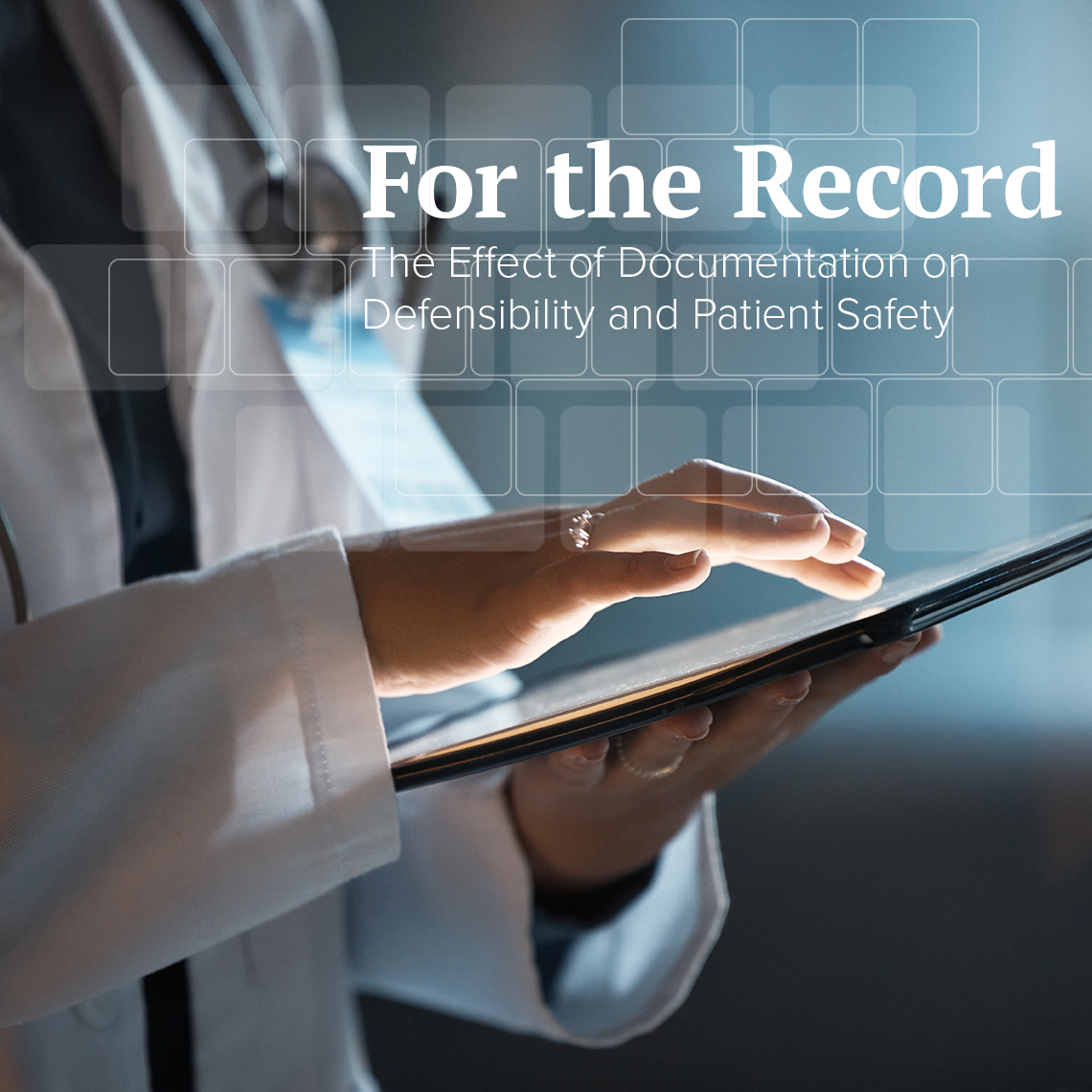New online threats put health care systems at risk every day. These cybersecurity recommendations contain strategies to deal with ransomware or denial service and more.
Newsletter
Cybersecurity and Recovery
May 11, 2023

Patient Safety Alert 32: Cybersecurity and Recovery
Cybersecurity attacks topped the ECRI list of the Top 10 Health Technology Hazards for 2022. In 2022 the AMC PSO gathered experts to review the previous PSO work done in 2016 around Electronic Health Records Downtime, and add recommendations to our original guidance based on the most common threats and events experienced today in global health care systems. While the recommendations from 2016 are still valid, the group suggested additional recommendations for organizations to consider as they contend with evolving risks. These include: updated specificity on how best to prepare, activating a hospital incident command, communication strategies, recovery planning, and the patient safety implications of events related to cybersecurity attacks.


Recent Issues
No Surgical Items Left Behind


Medication Administration in the Ambulatory Setting

Patient & Visitor De-escalation

Electronic Health Record Risks in the Emergency Department
National Study Highlights the Magnitude of Clinical Documentation Errors on Malpractice Risk


Telehealth Video Series Recognized as an Exceptional Source of Educational Marketing


